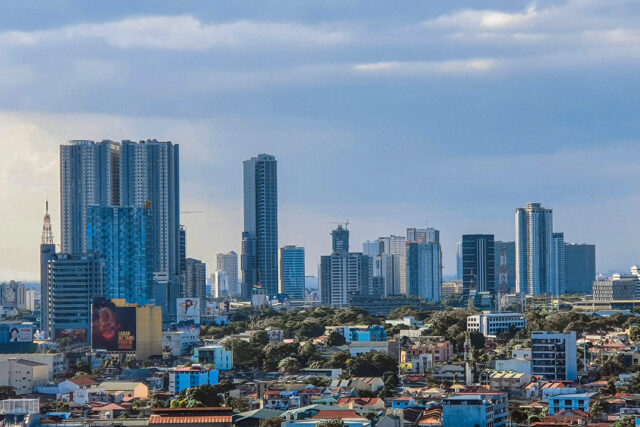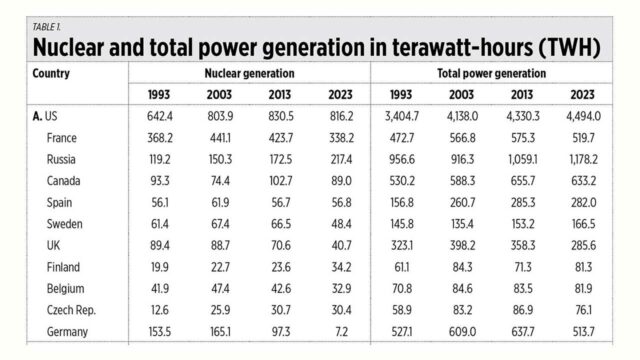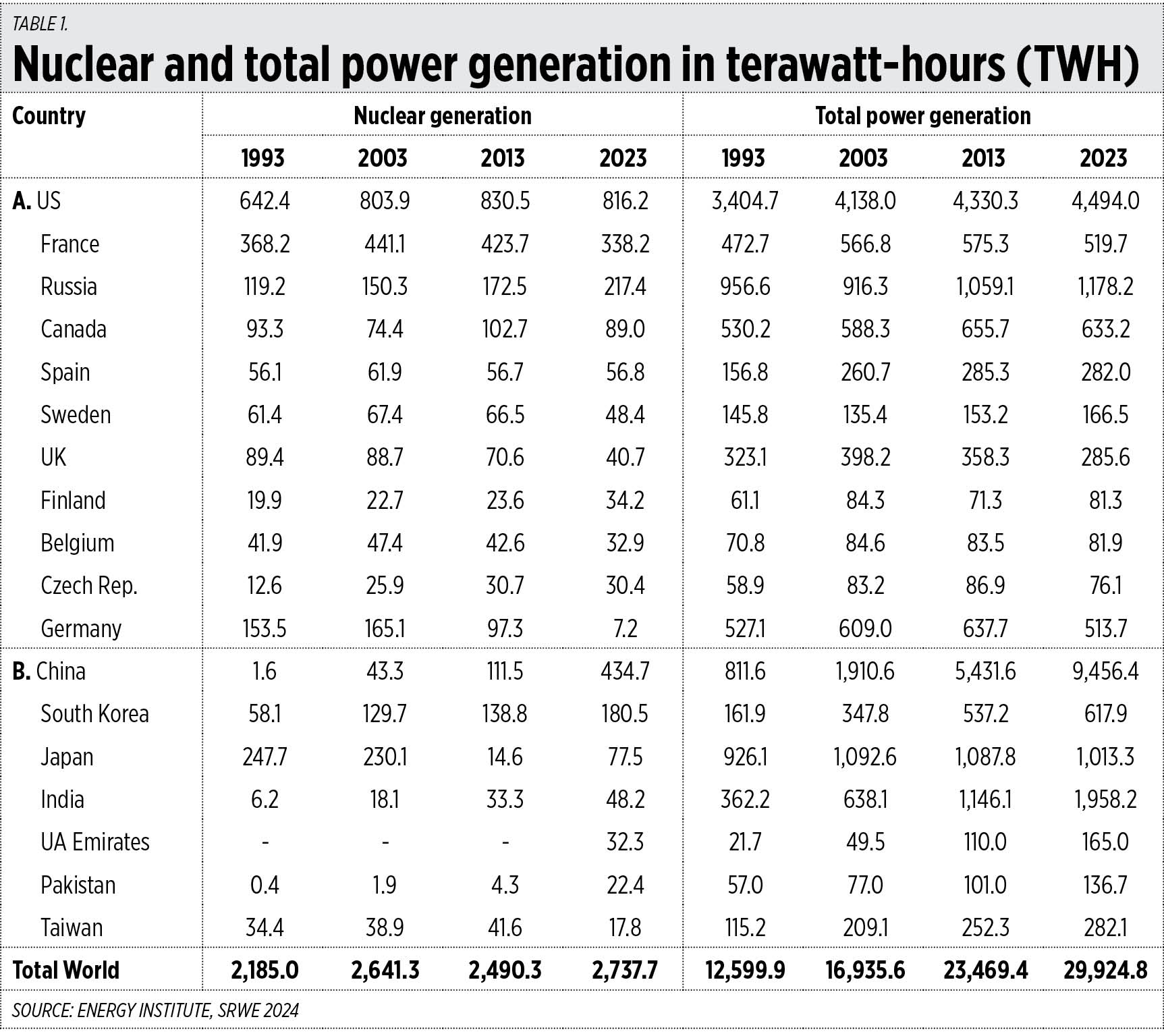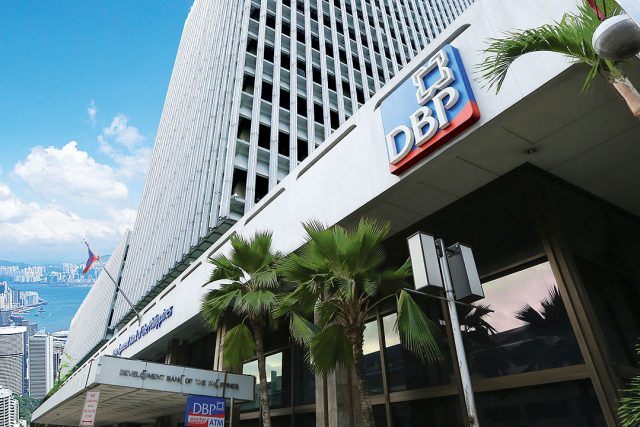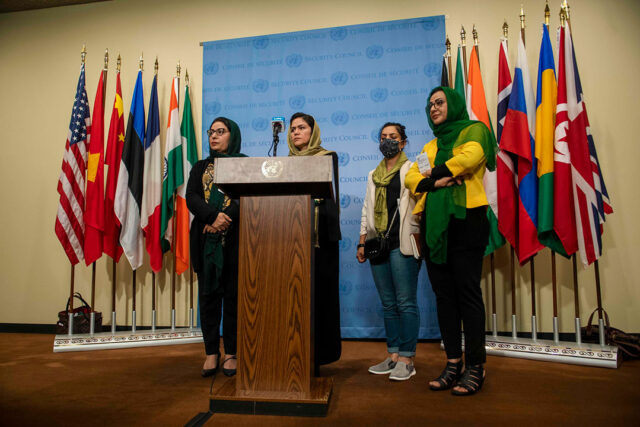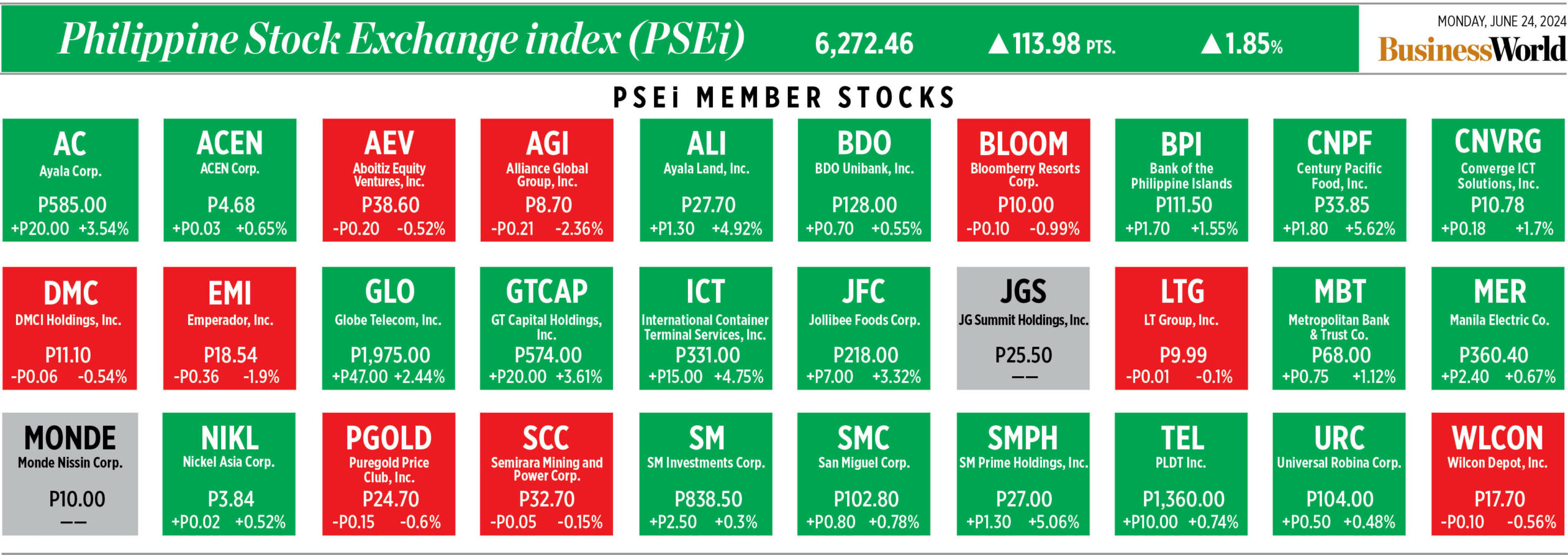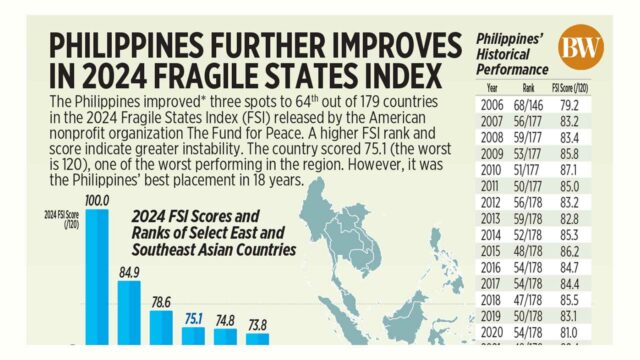PHL real estate poised for growth — Cushman & Wakefield
REAL ESTATE services firm Cushman & Wakefield said it expects the Philippines to attract investments in the medium term despite global economic challenges.
The economic outlook for the Philippines remains buoyant compared to other markets, Cushman & Wakefield said in a statement on Thursday last week.
In the office sector, the firm cited the 2024 Global Cities Index by Oxford Economics, which featured nine cities from the Philippines out of 1,000 global urban economies. Some of these cities, such as Manila, landed in 256th place, Cebu ranked 436th, and Cagayan de Oro and Davao City placed 487th and 500th, respectively.
Cushman & Wakefield said that addressing weaknesses in the country’s regulatory policies and governance aspects would help improve the Philippines’ attractiveness for foreign investment, especially in regions identified as “next business process outsourcing hubs.”
Meanwhile, in the hospitality sector, Cushman & Wakefield noted that digitalization and experiential travel are among the major trends that will attract the tourism market.
“Given the presence of a young and highly urbanizing demographic profile of the Philippines, a more inclusive economic development will underpin the continued growth of the residential sector’s long-term demand,” the report said.
Singapore-based travel booking service Trip.com noted a 54% increase in hotel bookings in the Philippines in the first quarter of 2024 buoyed by “impulse travel” as influenced by social media.
About 447,400 visitor arrivals were recorded in May 2024 by the Department of Tourism.
“Providing essential infrastructure to support manufacturing operations will help attract companies that are looking at reshoring and diversifying manufacturing operations further creating demand for industrial space,” the report said.
Household spending is dampened by the downtrend in the growth of remittance inflows, which increased by 4.6% year on year in peso terms in March, slower than the 5.3% growth recorded in February.
The report also noted that demand from global retailers is expected to remain soft as weak global sentiment persists.
HOTEL OWNERS, OPERATORS
Philippine hotel owners and operators are also bullish on the growth of the hospitality industry but wary of infrastructure limitations and the untapped potential of the Filipino workforce.
According to the Philippine Hotel Investment Outlook Survey, 89% of hotel owners and operators are optimistic about the hospitality sector’s prospects in the medium term. Respondents indicated that 95% of the 10,000 hotel keys in the industry foresee thriving conditions over the next three years.
At the Philippine Tourism and Hotel Investment Summit on June 21, George C. Aquino, CEO of Ayala Land Hotels and Resorts Corp., said the hospitality sector has significant growth potential, anticipating a steady increase in tourist arrivals over the next five years.
Department of Tourism (DoT) Secretary Christina G. Frasco said that in 2023, domestic tourism expenditure rose to P2.67 trillion, while inbound tourism expenditure reached P697.46 billion, which is on par with 2019 numbers.
Total tourist receipts also increased by 47.9% to P2.09 trillion in 2023, while total tourism investment reached P509 billion in the same year.
“We have quite the vast opportunities, from our beach markets, our lodge markets, to our urban markets…and it’s untapped. I think we’re presenting it in our infancy, as far as development,” Mr. Aquino said, noting the quality of Filipino hospitality workers.
Filinvest Hospitality Corp. Senior Vice-President Francis Gotianun said he is looking forward to tourism growth and the development of incoming airport infrastructure, highlighting advancements at Clark International Airport and Bohol-Panglao International Airport.
“The idea takeover that will be happening in September, I believe that things will improve, the accessibility of the country will improve,” he said, referring to the rehabilitation and turnover of the Ninoy Aquino International Airport to the private proponent consortium led by San Miguel by September.
Meanwhile, Robinsons Hotels and Resorts (RHR) Senior Vice-President and Business Unit General Manager Barun Jolly said that the country has 100,000 municipalities and cities with highly trainable workforces, decent infrastructure, and undiscovered landscapes.
He added that these places should be tapped to provide employment to the local workforce and attract customers to hotels that offer a differentiated, distinctive, but localized experience.
Mr. Jolly also mentioned the positive reception of RHR’s homegrown brands, agreeing with the sentiment of 39% of respondents who see the upper midscale segment emerging as the most attractive opportunity due to the surge of developer activity in second-tier growth cities and township developments.
Cleofe Albiso, managing director at Megaworld Hotels and Resorts, referenced the closure of Boracay as a cautionary example, suggesting that similar considerations should be applied to opening areas outside of the usual, such as Palawan.
ROOM GAP
The country should build 80,000 rooms to compete with regional hotels in Asia, said Philippine Hotel Owners Association (PHOA) President Arthur M. Lopez.
In line with this, Tourism Infrastructure and Enterprise Zone Authority (TIEZA) Assistant Chief Operating Officer Karen Mae Sarinas-Baydo said the agency recognizes the room gap in the Philippines as identified in the 2009 Tourism Act. She added that TIEZA has existing properties available for investment.
TIEZA is renovating properties like the Banaue Hotel and is interested in partnering with the private sector to introduce new designs, she said.
Mr. Aquino said that developers are optimistic but stressed the importance of infrastructure and public-private sector partnerships evolving alongside their plans due to lingering concerns.
Ms. Frasco said that the Philippine Hotel Industry Strategic Action Plan is set to launch soon, aiming to establish a framework for hotel infrastructure expansion and address current challenges and support systems.
This plan will encompass soft infrastructure, skill matching, digitalization, competitiveness, and measures to enhance the hotel industry’s resilience against headwinds and external shocks. — Aubrey Rose A. Inosante

